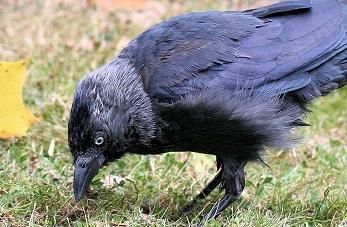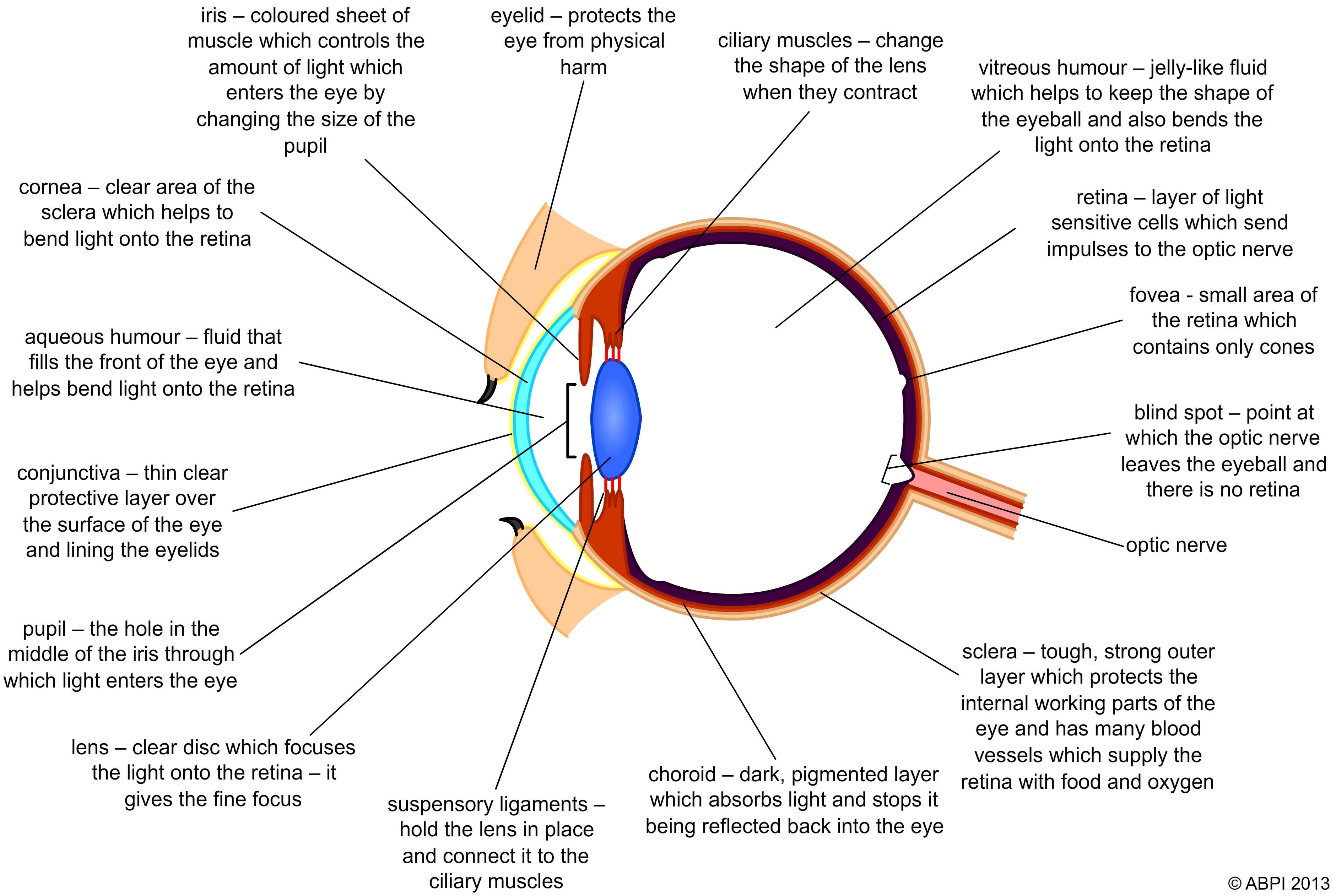This topic takes on average 55 minutes to read.
There are a number of interactive features in this resource:
 Biology
Biology
Sensory receptor cells respond to changes in the conditions around them. This may be the internal environment of the body itself, or the wider environment in which an organism lives. Sense organs are made up of a collection of sensory receptor cells all responding to similar stimuli. Sense organs are usually sensitive to one or two major stimuli. For example human sense organs include eyes (light), ears (sound and orientation), nose (smell), tongue (taste), and the skin (touch, temperature and pain).
Here the eye is used as an example of a sense organ. All sense organs have a similar structure – specialised receptors, specific sensory nerve pathways and specialised areas of the brain which interpret the information and use it to coordinate motor responses.
Sensitivity to light is very useful, so light-sensitive organs and eyes are important in animal species ranging from invertebrates such as woodlice and bees to vertebrates ranging from fish and birds to mammals.

The eyes of an insect such as this dragonfly are made up of many small units called ommatidia. They give great sensitivity to movement but the image is not in focus.

Birds such as this jackdaw use vision to help them find food, identify other animals, spot predators, judge distances and much more (photo: Anthony Short)
The eye is a key sense organ – a big region of our brain is linked to the things we see. Sensory receptors in the retina at the back of the eye send impulses to the brain through the neurones of the optic nerve. The structures of the eye are adapted to their functions as you can in the diagram below.

A horizontal section through the human eye
The eye is sensitive to light – but too much light bleaches the retina so you can’t see properly. It can even cause permanent damage.
The iris contains:
The muscles of the iris change the shape of the pupil in a reflex response to light levels.